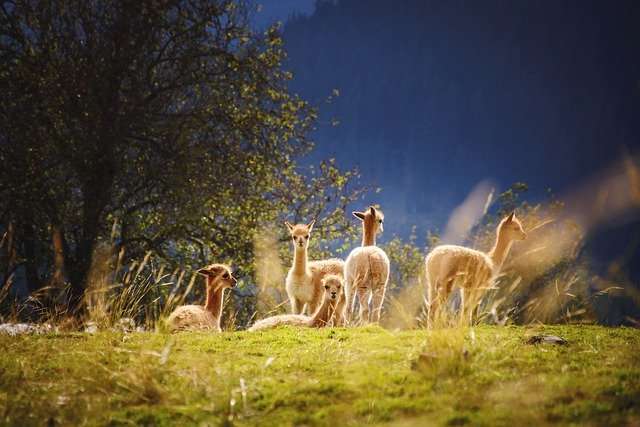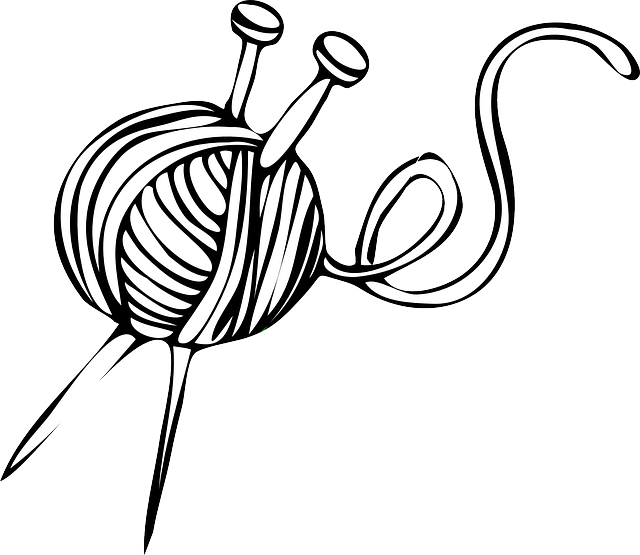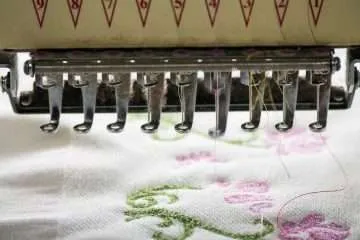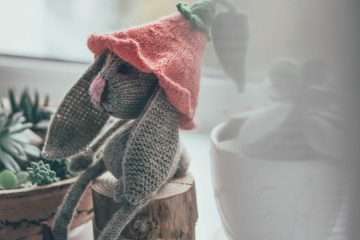Knitting with alpaca wool
The perfect fabric for summer and winter
Alpaca wool comes with some amazing thermal properties that make it popular for both summer and winter fashion. One of such properties is its ability to absorb moisture and keep the wearer dry.
Alpaca wool owes its name to the relatives of the camels of the same name and has its roots in South America. The animals in this region are kept and bred in the heights of the Andes at different temperatures.
Alpaca wool weighs about five kilograms after the shearing of one animal. It comes in gray, brown or beige colors. Above all, this wool is most known for its warming properties, thanks to its high level of fat. The wool fiber is hollow from the inside which gives it an insulating effect.
Alpaca is also a popular yarn for winter fashion, thanks to its incomparable thermal properties. It repels heat on hot days, keeping the body temperature pleasant at all times. The hollow alpaca fiber has the capacity to absorb a comparatively large amount of moisture, which helps to keep wearers dry and prevents them from sweating. Alpaca is hardly inflammable and offers protection against radiation.

Alpaca wool is soft and does not scratch
Alpaca wool is extremely soft, is not itchy and repels dirt and odors. This beautiful wool is also great for people who suffer from allergies as its lanolin (wool wax) percentage is very low. Alpaca wool comes with an antibacterial effect which makes it easy to tolerate. Compared to other natural fibers, alpaca wool has a low mat ratio which helps it maintain its quality for a longer period of time.
Though available in bundles, this wool mostly comes in the classic form of a ball. This yarn is easy to process, which makes it the best option for first-time trials in small knitting factories. Advanced knitters can also try out alpaca wool in thicker gauges on larger pieces like jackets or ponchos, which are very light and fluffy.
Alpaca wool requires a lot of gentle care, which is why it should only be hand washed in lukewarm water with mild shampoo.

Knitting with alpaca wool during the Christmas season
Knitting is a relaxing activity that can be done all year round, but it is particularly cosy during the Christmas season. There is no better form of relaxation than listening to beautiful music in the evenings with a cup of tea, while your knitting needle clatters away. All you have to do is sit back, relax and concentrate on the wool between your fingers as the Christmas stress fades into the background.
The value attached to hand knitted materials is completely different from that attached to store bought things. You get to determine what the item looks like, from the choice of color, down to the material. Hand knitted items can also be used to express special appreciation to the recipient as it shows that you invested time and effort on the gift.
You can also knit a simple fluffy cushion for cold winter days with your alpaca wool.

(also suitable for beginners)
Knitting instructions:
How to knit heavenly soft alpaca cushion
You will need about 400 g of alpaca wool in your desired color for the pillow. Of course there are no limits to your imagination, if you’ll rather knit a striped pillow; all you need is a mixture of the two colors and the right quantity of wool.
- You will need the following for the cuddly cushion with block stripes:
– A 60 cm long, 5.5 mm circular knitting needle, or any other knitting needle that you find suitable for the stitch test.
– a wool needle
– a measuring tape
– a filling cushion with a 40×40 cm dimension
For the pillowcase, the two sides of the pillow are knitted separately and then sewn together.
Stitch test with double thread: 14 sts per 10 cm
Pattern: smooth right
How to make the two-toned striped pillow:
- Cast 58 stitches in your desired color and knit in rows of 10cm smooth right. Then, knit 10 cm smooth right in the second color. Repeat the color sequence until the cushion measures about 40 cm from the edge of the cast, then cast off right.
Knit the second cushion side in the same way.
- Stretch and steam the finished pieces. This will provide you with an even stitch pattern and smooth over the curled edges.
Next, lay the two pieces on top of each other with the right side facing outwards and sew the three cushion sides together with a wool needle and a double thread.
- Prick parallel into the cross thread of the first stitches next to the edge stich and gently guide the thread from one end to the other. This will ensure that the seam remains almost invisible.
- Insert the filling pad before you close the last seam and…
- Your cuddly pillow is ready.
Related Topics
Best Markets to Buy Alpaca Products in Peru
Traditional Markets in Bolivia – Where to buy Souveniers and Alpaca Fashion?
Where can I buy the best Alpaca in Peru? – Shopping in Cusco
Alpaca Sweater vs Cashmere Sweater
Read the whole Story of Alpaca Fashion!



0 Comments